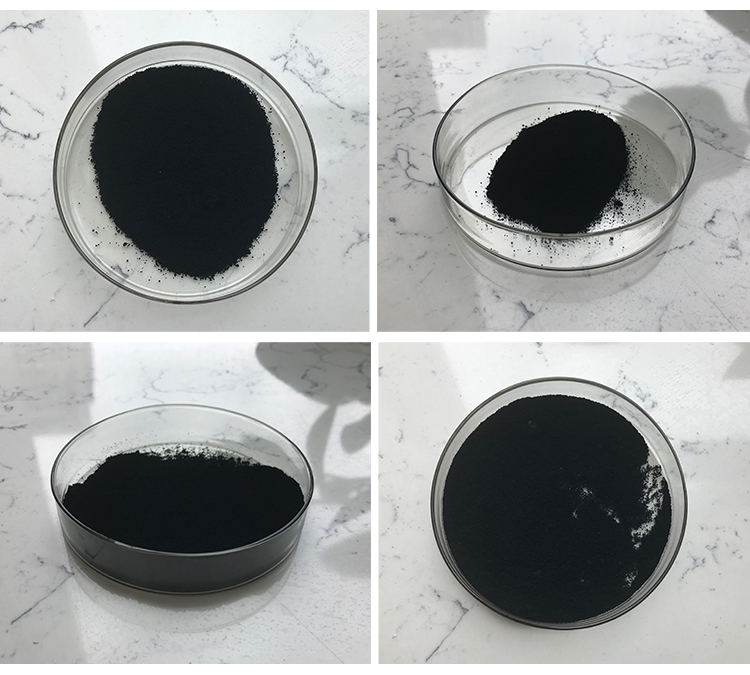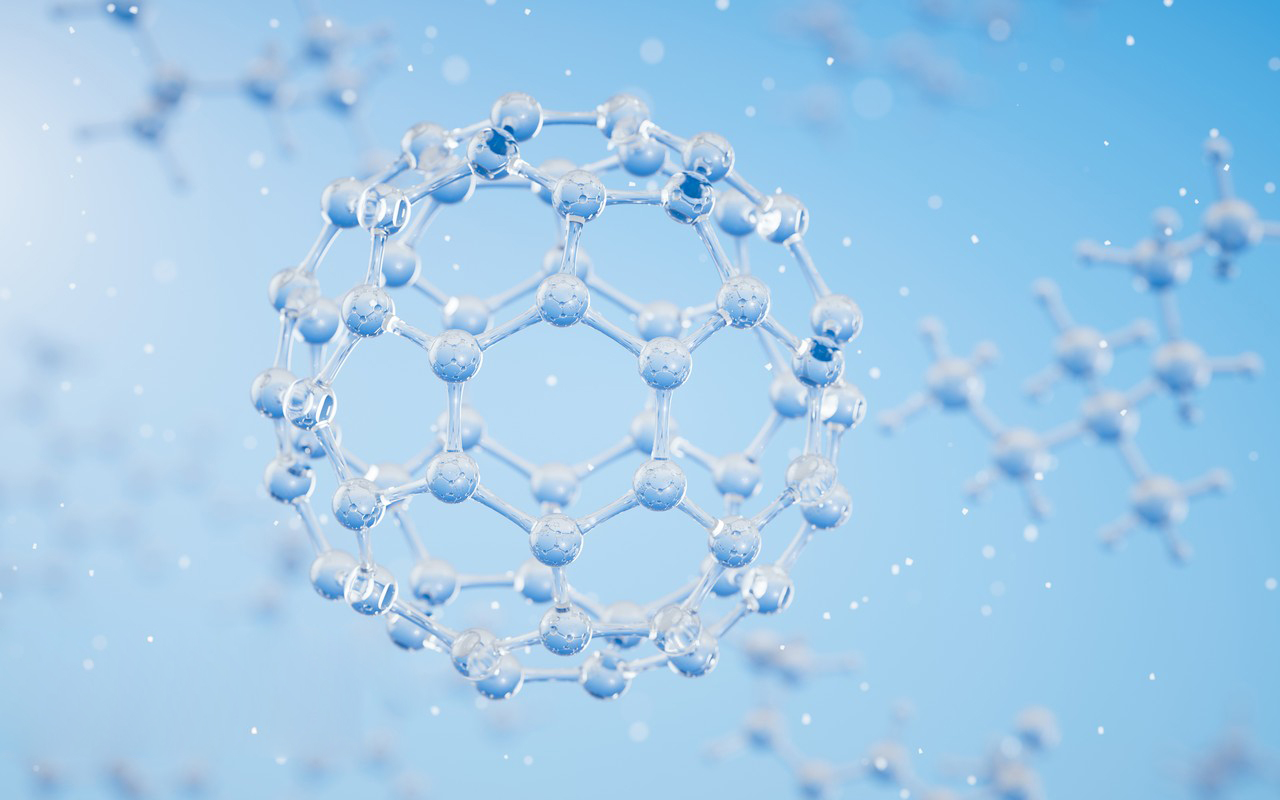Fullerene C60, also known as Buckminsterfullerene or simply “buckyball,” is a spherical molecule composed entirely of carbon atoms arranged in a structure resembling a soccer ball, with 60 vertices and 32 faces (20 hexagons and 12 pentagons). Below is an overview of the materials and methods related to its study, synthesis, and application.
Materials of Fullerene C60
A.Carbon Precursors:
- Graphite rods (used in arc-discharge or laser ablation techniques).
- Hydrocarbon gases (used in chemical vapor deposition methods).
B.Solvents for Purification:
- Toluene
- Benzene
- Hexane
- Chloroform
- CS₂ (carbon disulfide)

C.Equipment:
- Arc-discharge apparatus or laser ablation setup.
- Soxhlet extractor for purification.
- Thin-layer chromatography (TLC) plates for separation.
- Mass spectrometry and spectroscopy instruments (UV-vis, FTIR, NMR) for characterization.
D.Catalysts and Supports (in synthesis routes):
- Metallic catalysts (e.g., iron, cobalt).
- Zeolite or mesoporous silica for templated synthesis.
Methods of Fullerene C60
A.Synthesis Methods
1.Arc-Discharge Method:
- Graphite rods are vaporized in an inert atmosphere (argon or helium) by passing an electric current through them.
- Carbon vapor condenses to form fullerenes, including C₆₀.
- This method produces a mixture of fullerenes (C₆₀, C₇₀, etc.).
2.Laser Ablation:
- A high-powered laser is used to irradiate a graphite target in an inert gas atmosphere.
- Fullerene C₆₀ forms as part of the soot produced during ablation.
3.Chemical Vapor Deposition (CVD):
- Hydrocarbon gases are decomposed at high temperatures to form carbon-based materials.
- Fullerene formation depends on controlling the reaction environment.
4.Combustion Synthesis:
- Hydrocarbon flames in controlled conditions lead to fullerene formation.

B.Purification Methods
1.Soxhlet Extraction:
- Fullerene-rich soot is treated with an organic solvent to selectively dissolve fullerenes.
- Solvents like toluene or benzene are common choices.
2.Chromatographic Separation:
- Fullerenes can be separated using liquid chromatography techniques, such as high-performance liquid chromatography (HPLC).
C.Characterization Methods
1.Spectroscopic Techniques:
- UV-vis Spectroscopy: For electronic transitions and conjugated systems.
- Fourier Transform Infrared (FTIR) Spectroscopy: For identifying functional groups.
- NMR Spectroscopy: Provides structural information.
- Raman Spectroscopy: Identifies vibrational modes.
2.Microscopic Techniques:
- Transmission Electron Microscopy (TEM) and Scanning Electron Microscopy (SEM) for imaging fullerene structures.
3.Mass Spectrometry:
- Confirms the molecular mass and purity of C₆₀.
Applications of Fullerene C60
A.Material Science:
- Fabrication of nanocomposites.
- Superconductors and sensors.
B.Electronics:
- Organic photovoltaic cells.
- Semiconductor components.
C.Biomedical:
- Drug delivery systems.
- Antioxidant and antimicrobial agents.

D.Energy Storage:
- Lithium-ion batteries.
- Hydrogen storage systems.
E.Catalysis:
- Fullerene-based catalysts in organic synthesis.
Understanding and leveraging the unique properties of fullerene C₆₀ continues to drive research and applications in nanotechnology and materials science.
